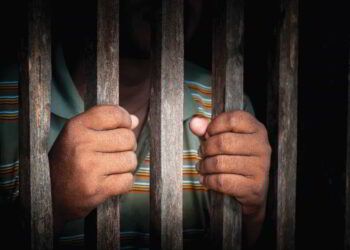Green, vibrant and lush—all these describe Abhijun’s village of Lhepar, an agrarian community in Asia nestled among rolling hills and mountains. The surrounding knolls, covered in verdant and sprawling vegetation, frame the picturesque landscape. Abhijun, 21, and his fellow villagers lived in near-perfect harmony. But underneath the beauty, the fertile lands hid a dangerous secret. The Most Important Resource As a complete opposite to the abundant environment, the village’s primary water source was anything but perfect. Dirty and murky, the local well posed a serious threat to Abhijun and the locals.“We never knew the real taste of water,” Abhijun said. “We suffered from many sicknesses.”The young man and his family members each had, at one point or another, fallen ill from typhoid or diarrhea. These, along with malaria, were among the many threats present in the village’s water. Several previous attempts had been made to dig new wells, but they all proved to be just as contaminated.This lack of clean water is a recurring theme in many developing countries worldwide. Currently, 2.1 billion people live in water-stressed areas—areas that have no safely managed water services. According to the World Health Organization (WHO), half the world’s population will live in water-stressed areas by 2025. The United Nations projects the world’s population will reach 8.1 billion in 2025, so roughly 4 billion men, women and children will live where water is scarce or unsafe.
Presently, 844 million lack basic drinking-water services, while 159 million people collect surface water.
Read the Rest of the Story on GFA.org
Read more news on the Global Water Crisis on Gospel for Asia: Digital Media Room.
Read the Global Clean Water Crisis Report: Finding Solutions to Humanity’s Need for Pure, Safe Water.
Learn more about how to provide clean water to families and villages through Jesus Wells and BioSand Water Filters.











